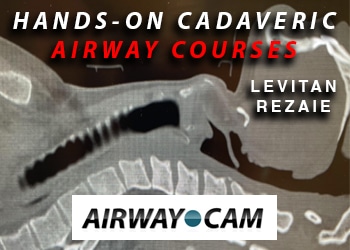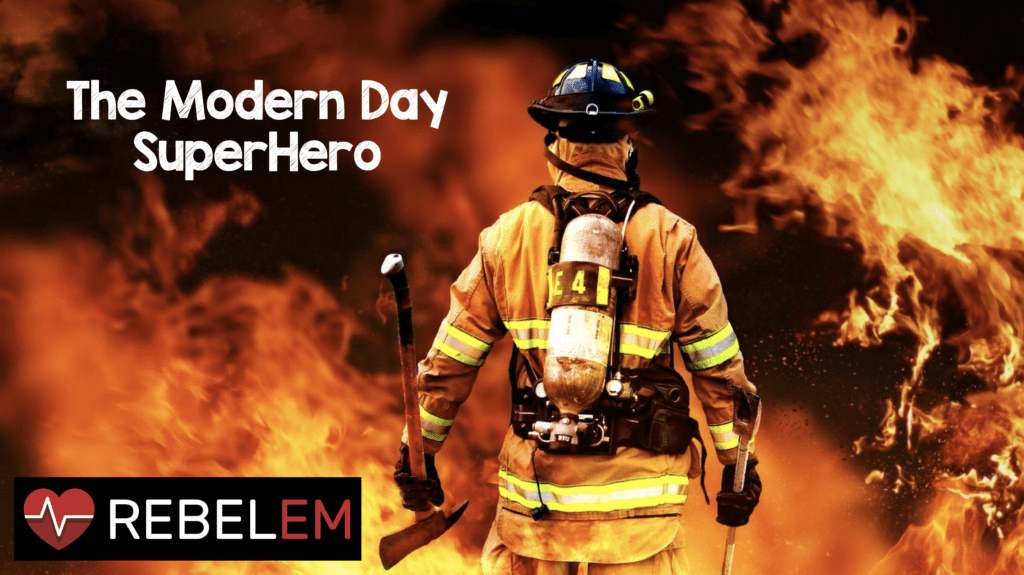
- How am I supposed to talk about the essence of EM in 20 minutes?
- What is it that we really do in the emergency department on a day to day basis?
So instead what I did, was make an executive decision to change the lecture to something slightly different. I figured we could talk about the modern day superhero. When you think about it, some of the things we are asked to do in the first 20 minutes of a patients care, truly are superhuman. Now when we were kids, many of us wanted to be superheroes. How many of us tied a table cloth or towel around our necks like a cape? Well, to me emergency medicine is one of the closest things to a modern day superhero. So instead of the essence of emergency medicine, I gave a talk on the five powers of the modern day superhero. To me, these are the things that encompass the essence of EM and our initial care of patients.
5 Powers of the Modern Day Superhero

- Managing the undifferentiated patient. There is no other specialty that I can think of where it is the expectation of the physician to see patients with undifferentiated complaints such as weakness/dizziness, amongst others, and to acutely manage and possibly resuscitate these patients with limited time and information. As my good friend Simon Carley put it in his talk at RCEM 2015, Emergency Medicine operates early in the course of disease when uncertainty is high and information light (Image from Simon Carley’s Talk at RCEM 2015).
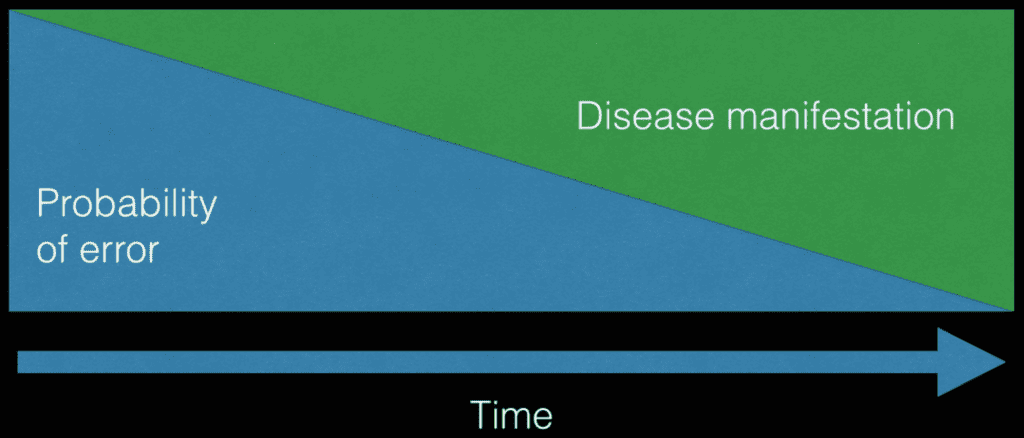
- The art of mind reading or in our case thin slicing. We make life and death decisions with limited information most of the time. Often times we don’t have access to all the patient records, medications, or even allergies. Thin slicing calls upon the use of limited information to come to meaningful conclusions. In order to be successful at thin slicing we must possess a depth of knowledge about pathophysiology of disease, critical care, and procedures that overcomes the limited time and information we are given.
- Risk Stratification. Despite popular belief, in emergency medicine we don’t spend most of our days saving lives, but instead we are mostly trying to predict risk. We must possess very thick skin and be able to bounce back quickly in order to work in the overcrowded, under-resourced, high stress environment of the emergency department and still be able to put our heads down on our pillows at night or even look at ourselves in the mirror. Just think about the last chest pain patient you saw. Is it ACS, PE, or an Aortic Dissection?
- Anyone, Anytime, Anywhere. We are truly the front line of medicine and patient care. Our doors are open 24 hours a day, 7 days a week, regardless of time and holiday. We see all comers regardless of social status, age, complaint, or acuity. We provide a health care safety net for uninsured patients as well as patients having a hard time accessing the health care system. People often forget that we don’t work the nice bankers hours of Monday – Friday from 8am – 5pm. Anyone who has worked a shift overnight and stayed up to give a lecture, make a departmental meeting, or go to your child’s soccer game understands what I am saying.
- The Art of Compassion and Communication: You may be the most brilliant physician in the world, but patients don’t necessarily care about that. What they are impressed with is bedside manner, compassion, communication, and the fact that you truly care about them. It takes skill to build rapport and trust with patients who you are meeting for the first time. The number one reason EM physicians get sued is due to lack of communication with their patients. Treat all patients with dignity and respect, regardless of the complaint.
Now just having the powers of a modern day superhero is not enough. We have to train with these powers to truly be great.
- Always have a plan “ABC”….Everyday is different in the ED, be able to adapt to your environment…..don’t just learn to intubate with video laryngoscopy (VL), change it up….use direct laryngoscopy (DL), laryngeal mask airway (LMA), Fiberoptic, etc. You want to be the jack of all trades and the master of all.
- Read a lot, see as many patients as you can, and train hard. Don’t just learn to treat an asthma exacerbation, but learn to treat the hardest asthma exacerbation. If you can treat the worst asthma exacerbation, you can treat any asthma exacerbation. Remember we don’t rise to the level of our expectations, but instead we fall to the level of our training. One skill that I think is gaining popularity is simulation, but its not as simple as just going through the motions of simulation. Instead, the feedback about what could have been done better is the key piece that will ensure similar mistakes are not made during “game time” scenarios.
 We have to train our minds as well in emergency medicine. It’s not the patient who looks sick or not sick or the decision to admit or not admit that keeps us up at night. It’s the patient somewhere in the middle of that dichotomy that makes us lose sleep. The true art of emergency medicine is finding that sick patient amongst all the patients that don’t look sick. Getting past being jaded and avoiding cognitive errors is the key….We have a busy psychiatry unit in our ED, and I often have to remind myself its not another patient with schizophrenia and acute psychosis, but that case of tertiary syphilis, or cryptococcal meningitis in an HIV patient, or even worse than that, the 38 year old patient with no medical history that developed viral encephalitis and herniated his brain and died that makes me lose sleep.
We have to train our minds as well in emergency medicine. It’s not the patient who looks sick or not sick or the decision to admit or not admit that keeps us up at night. It’s the patient somewhere in the middle of that dichotomy that makes us lose sleep. The true art of emergency medicine is finding that sick patient amongst all the patients that don’t look sick. Getting past being jaded and avoiding cognitive errors is the key….We have a busy psychiatry unit in our ED, and I often have to remind myself its not another patient with schizophrenia and acute psychosis, but that case of tertiary syphilis, or cryptococcal meningitis in an HIV patient, or even worse than that, the 38 year old patient with no medical history that developed viral encephalitis and herniated his brain and died that makes me lose sleep.
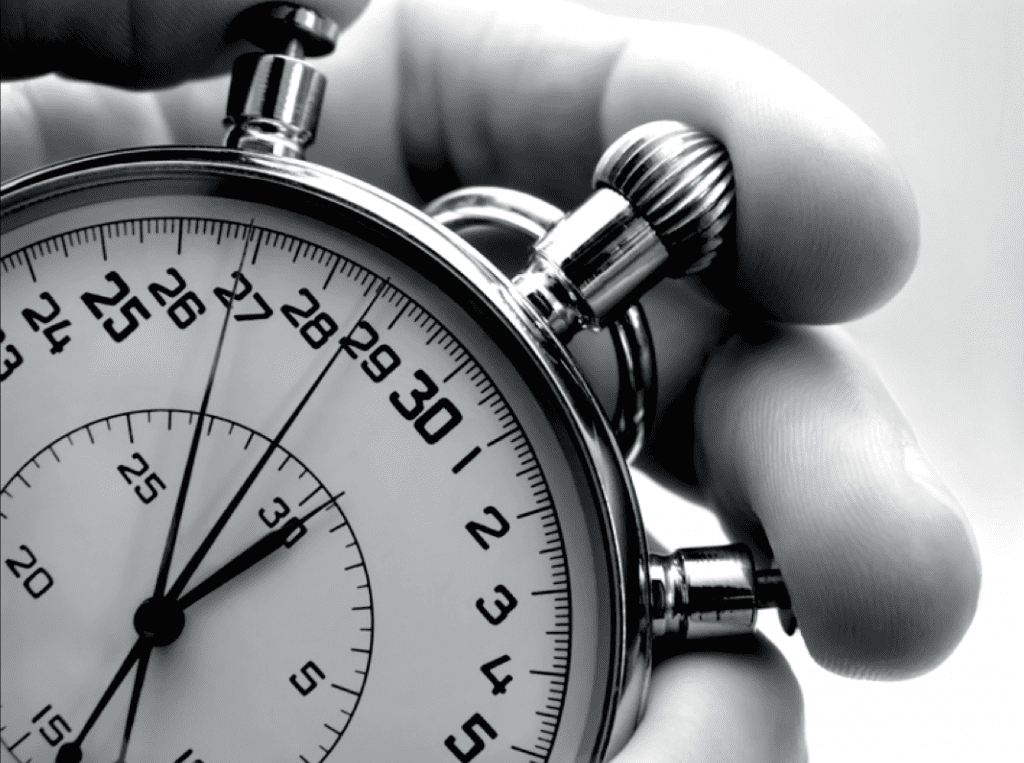
So I had 20 minutes to tell everyone about the essence of EM, but I am gonna tell you we get the best 20 minutes of every specialty. We get to see everything, we get to do almost everything, we get to save lives and make people better. We run toward the sick patients, not away from them. We improvise often and don’t just follow algorithms, but know when its ok to stray from them and think outside the box. And its only after we put on our capes and act like superheroes that the other specialties get to do what they do and care for their patients and remove the same gallbladder, treat DKA, and restart psychiatric medications.
Finally, just remember, with great power comes great responsibility. As EM physicians we are truly the modern day superhero and it is our responsibility to care for those needing our help.
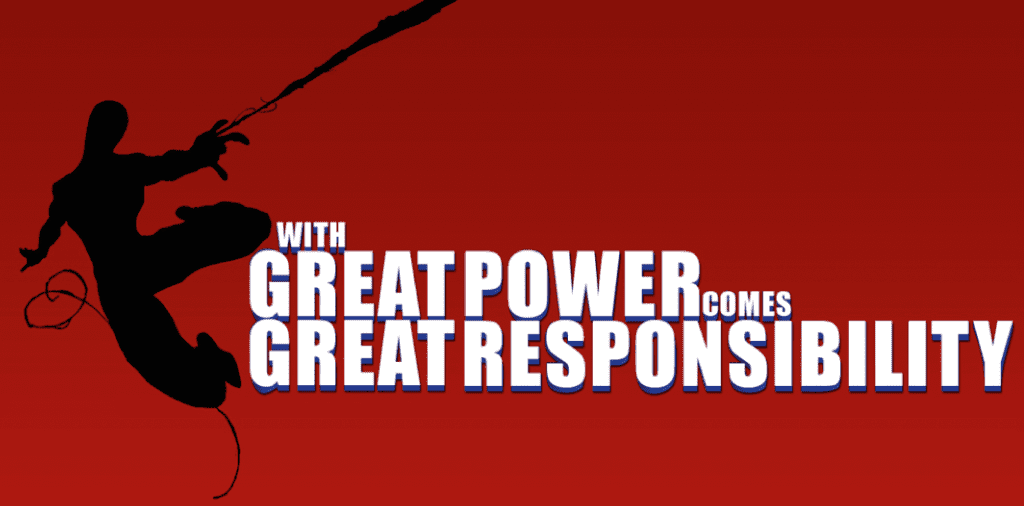
Post Peer Reviewed By: Rob Rogers (Twitter: @EM_Educator)



